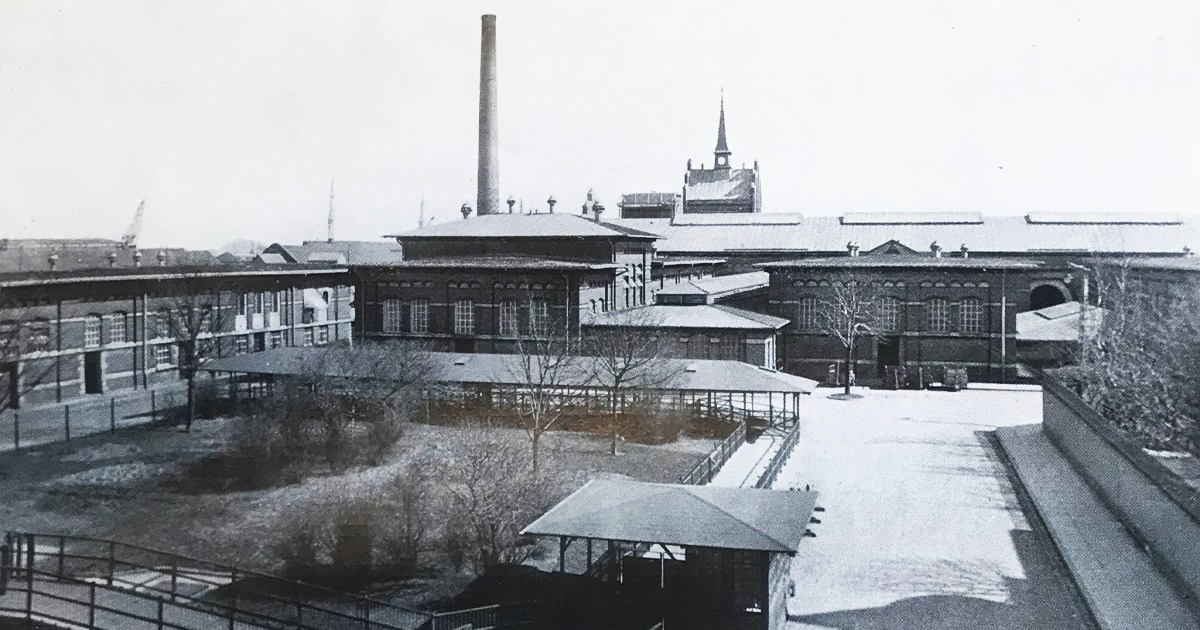The history of Slagthuset

In the 1890s, a committee was set up in Malmö, whose main purpose was to investigate the need for a municipal slaughterhouse in the city. One of the first things that came up was the question of the location of the slaughterhouse. A discussion that was relatively short-lived, as they quickly found a location they considered suitable: the land next to the cattle market, which was located between the city’s railway station and harbour. The fact that the site was only a few blocks from the city’s shopping district, Stortorget, became the icing on the cake.
The application to reserve four blocks for the construction of a slaughterhouse was submitted in May 1892, and twelve years later the building was completed, and remains so almost 120 years later. The activities in the building have changed, but the unbeatable location remains!
The man commissioned to design the house was Salomon Sörensen, the city architect of Malmö. His 30 years of architectural work and love of bricks can be seen in many places around the city:
The Academy of Fine Arts as well as the Saluhallen on Föreningsgatan, the Södervärns water tower and all of Malmö’s public hospital buildings built between 1896-1932, to name a few.
On Monday 5 September 1904, the most modern and perhaps most beautiful slaughterhouse in Europe opened for business. The building rests on a base of granite from the Halmstads Stenhuggeri, the ornamented pillars visible on the building are of the same material. On the outside, the walls were clad in red Börring brick with bands of chalk stone varied with black glazed brick and elements of ornamented natural stone. The interior walls were bricked with Skromberga tile. In total there are over 40 different types of brick in the house.
The entire facility, including all equipment and furnishings, cost 920,450 SEK to construct; in today’s money, that’s about 60 million SEK.
The slaughterhouse operated from 1904 until 1969, the reason for the closure being a dwindling number of animals. From 1969-1989, the building housed a variety of businesses – a warehouse, a wholesale company, a car repair shop.
In 1993, Claes and Anita Schmidt took over the running of Slagthuset, and the business included Scandinavia’s largest nightclub and a theatre where the show Glada Änkan with Marianne Mörck and Jan Malmsjö was one of the popular long-running shows.
Since May 2021, Slagthuset has been run by Nyhamnen Nöje & Events AB, with a focus on meetings & events, cultural events and a very popular lunch restaurant.